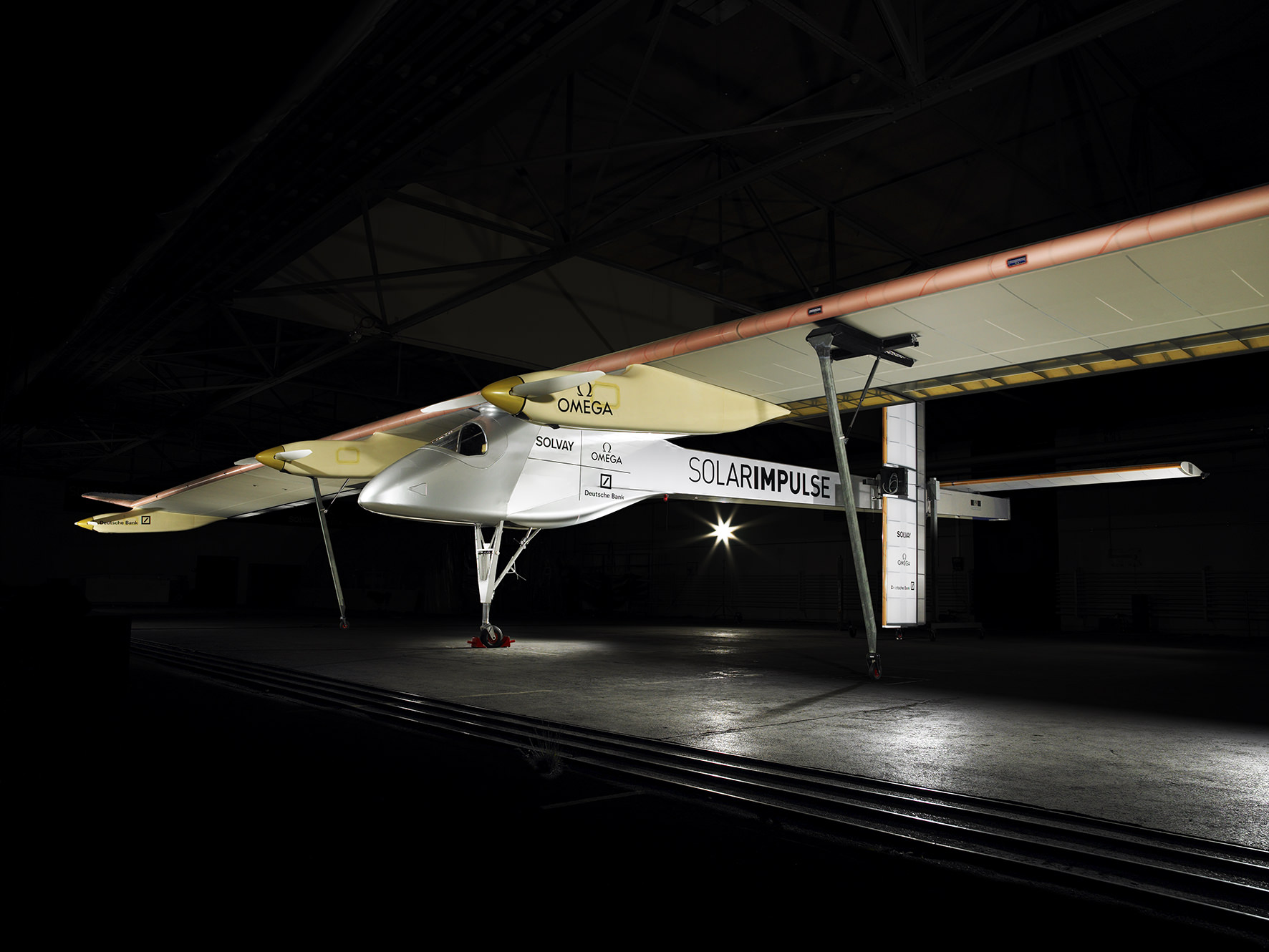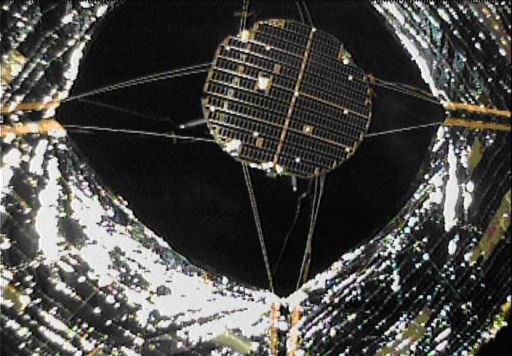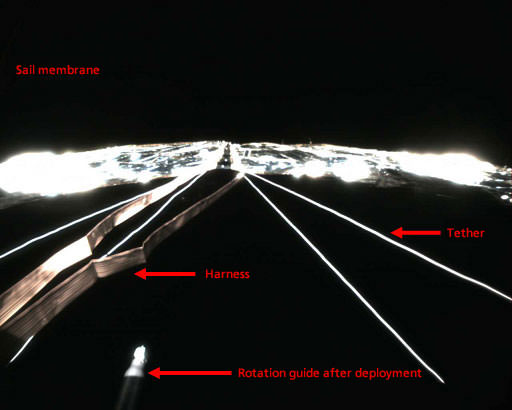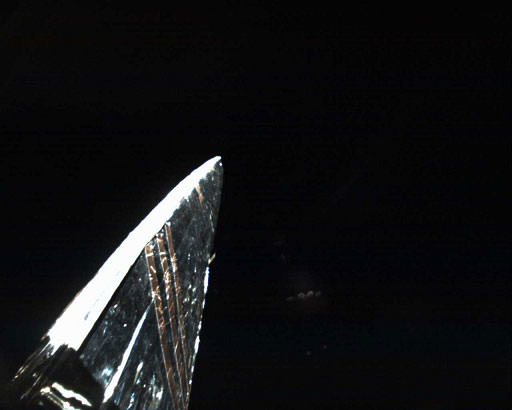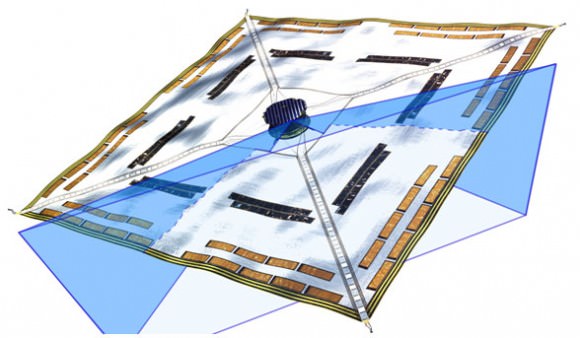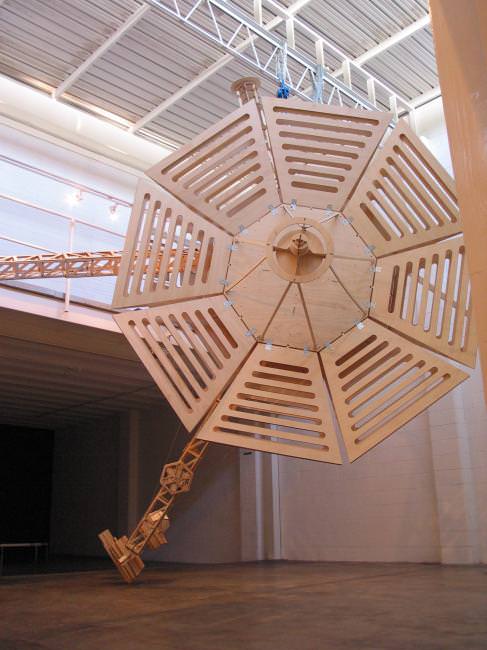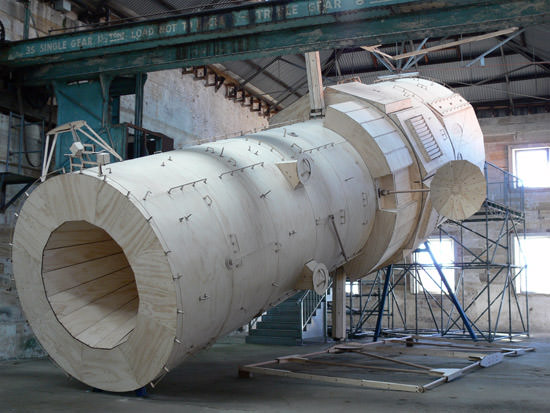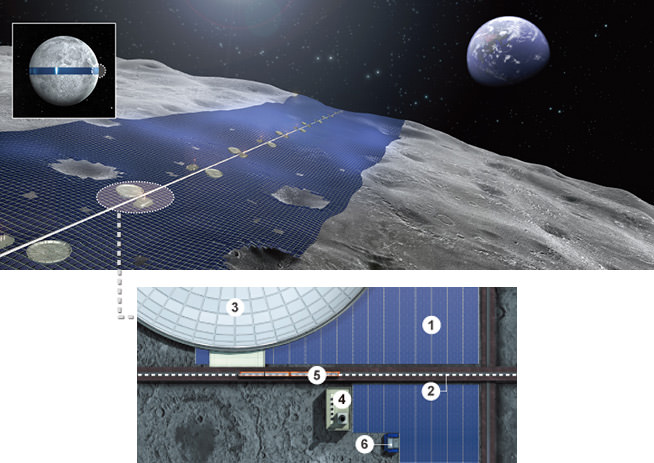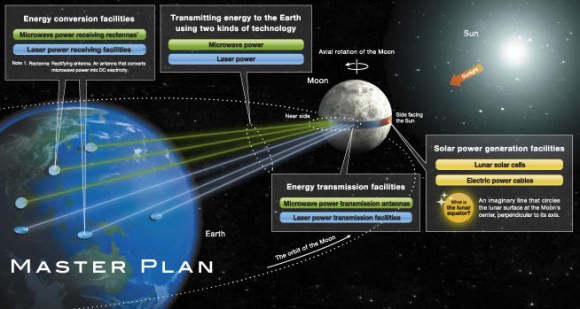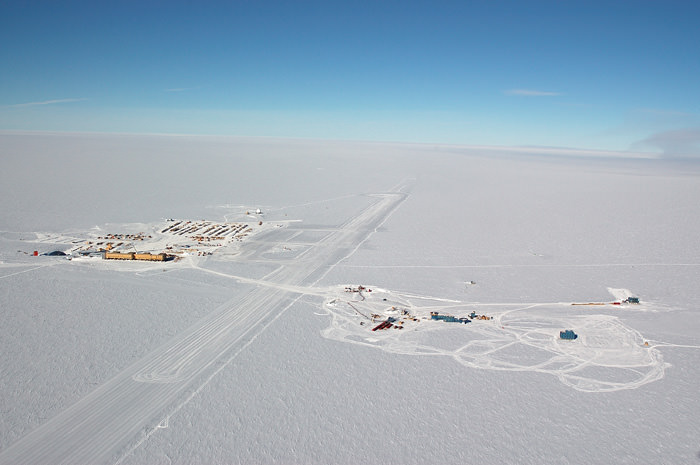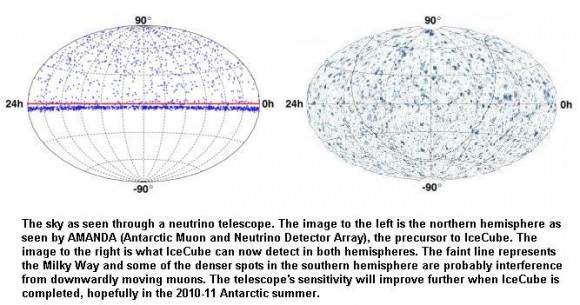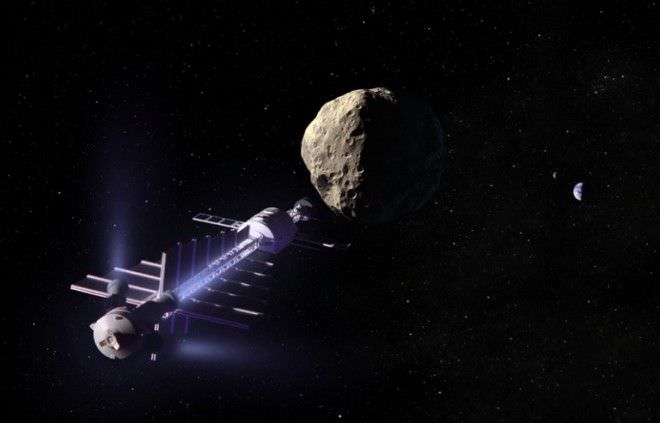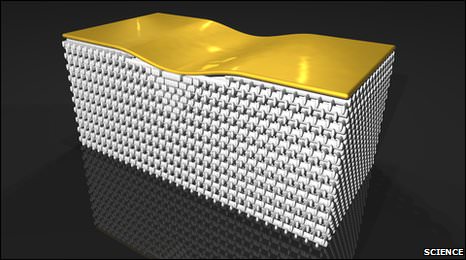Solar Impulse, which is the first airplane designed to fly day and night without fuel, is attempting to fly for the first time at night. The plane took off at 6:51 this morning, local time from the Payerne airbase in Switzerland, and as of this writing, everything was proceeding as planned, and night was just beginning to fall. “It’s not just a question of flying the plane, but the team working together on the strategy of making the profile of flying through the night,” said Bertrand Piccard, president and founder of the Solar Impulse project, during a webcast update on the flight. “For now, cross fingers, everything is going well. The sky is completely clear, (pilot) Andre (Borscherg) is warm, and so he is looking forward to getting to a higher atmosphere, of 13,000 feet. ”
Piccard said the entire flight is a choreography of timing and execution. They don’t want the plane to reach the desired altitude too quickly, because the batteries need to be fully charged exactly when night falls, and at the top of the airplane’s climb. The lightweight lithium batteries also need to stay within a certain temperature range.
[/caption]
Borscherg will stay at the highest altitude for awhile, then descend during the night. “We have to manage energy and efficiency,” Piccard said. “If everything works well, Andre will be asked to continue the flight through the night. But if there is any problem before night, we want to bring the plane down to land before 10 pm local time.”
Piccard said this effort is not just about flying an airplane on solar power, but “to show everyone on this planet that we are not so dependent on non-renewable energies as we may think.”
The ultimate goal of this project is to fly the plane around the world without stopping, which the team hopes to do in 2012. The plane made its maiden voyage in April of 2010.
You can watch the webcast at this link.“You can really follow it and really experience the suspense,” said Piccard.
“For 7 years now, the whole team has been passionately working to achieve this first decisive step of the project”, said André Borschberg a few minutes before easing himself into the cockpit for a flight expected to last until Thursday morning.
The plane has a 61 meter wingspan, and the wings are covered with 12,000 state-of-the-art photovoltaic solar cells that power the plane. Using so-called intelligent light materials and new energy storage, the plane will be able to fly both night and day, completely on solar power. Solar impulse weights 1,600 kg and can fly at speeds up to 70 kmh at a maximum altitude of 8,500 m (27,900 ft).
Here is the flight profile for Solar Impulse HB-SIA:
The plane will slowly ascend all day to an altitude of 8,500 meters, while at the same time charging its batteries in preparation for the night flight. When the sun’s rays stop being strong enough to supply the solar cells (about two hours before sunset) with energy, the HB-SIA will start a slow descent, reaching an altitude of around 1,500 meters by 23:00. It should then carry on flying, using the energy stored in its batteries, until the next sunrise. The big question is whether the pilot can make efficient use of the battery energy to fly throughout the night. If this mission is successful, it will be the longest and highest flight ever made by a solar plane.
For more information, see the Solar Impulse website. Here’s an article about the biggest plane in the world.

